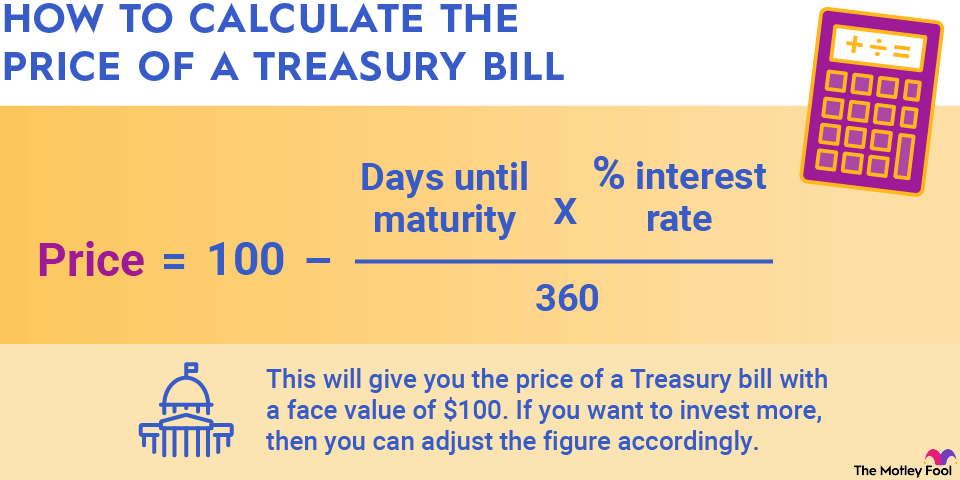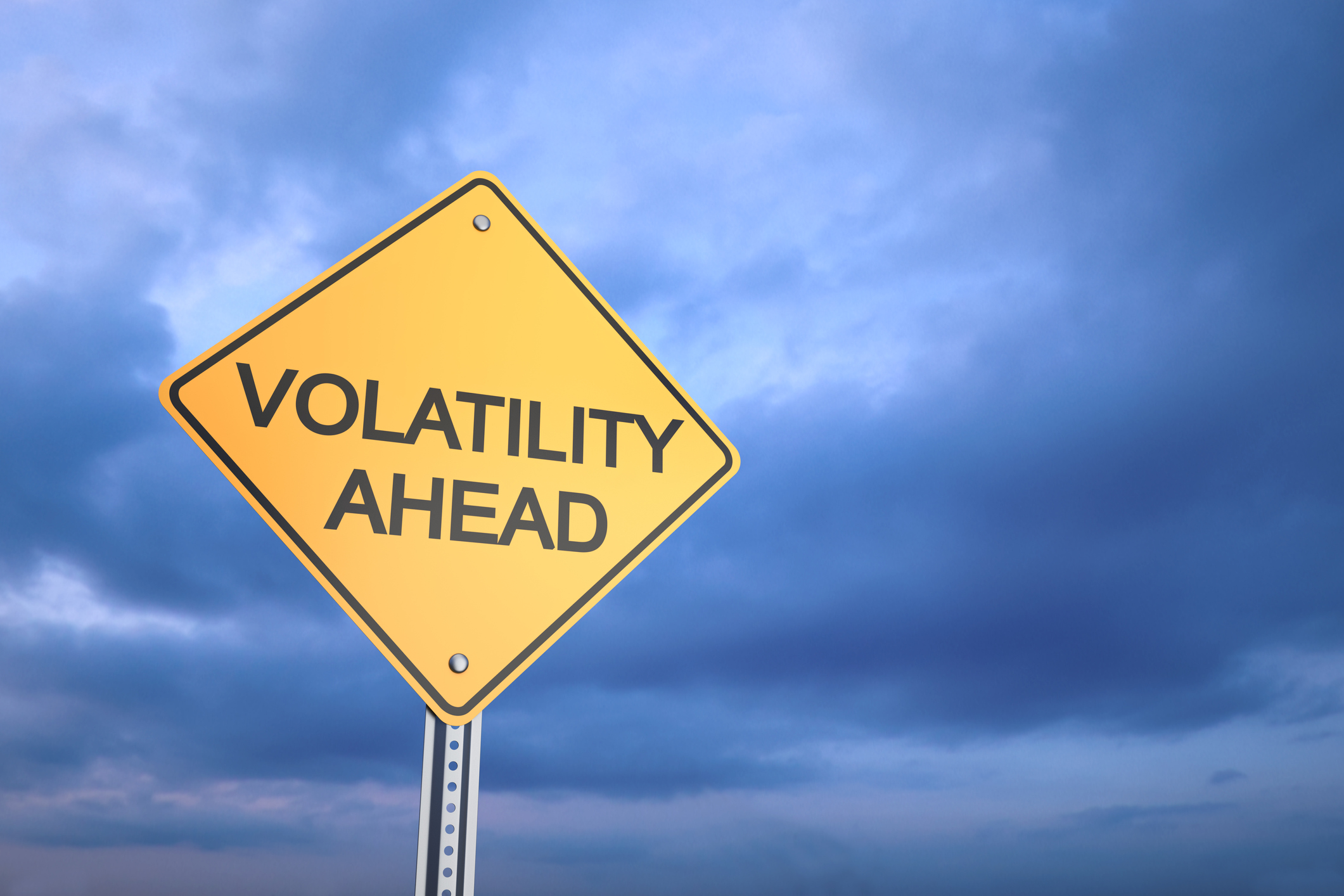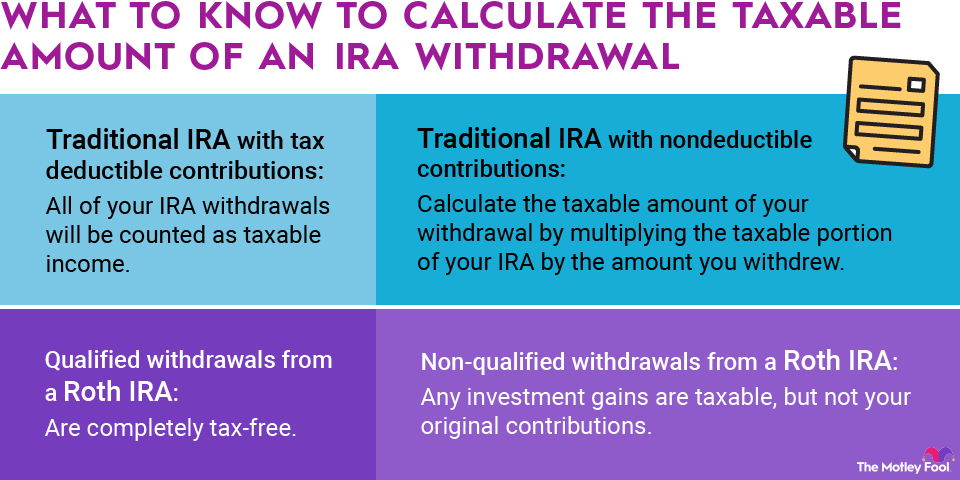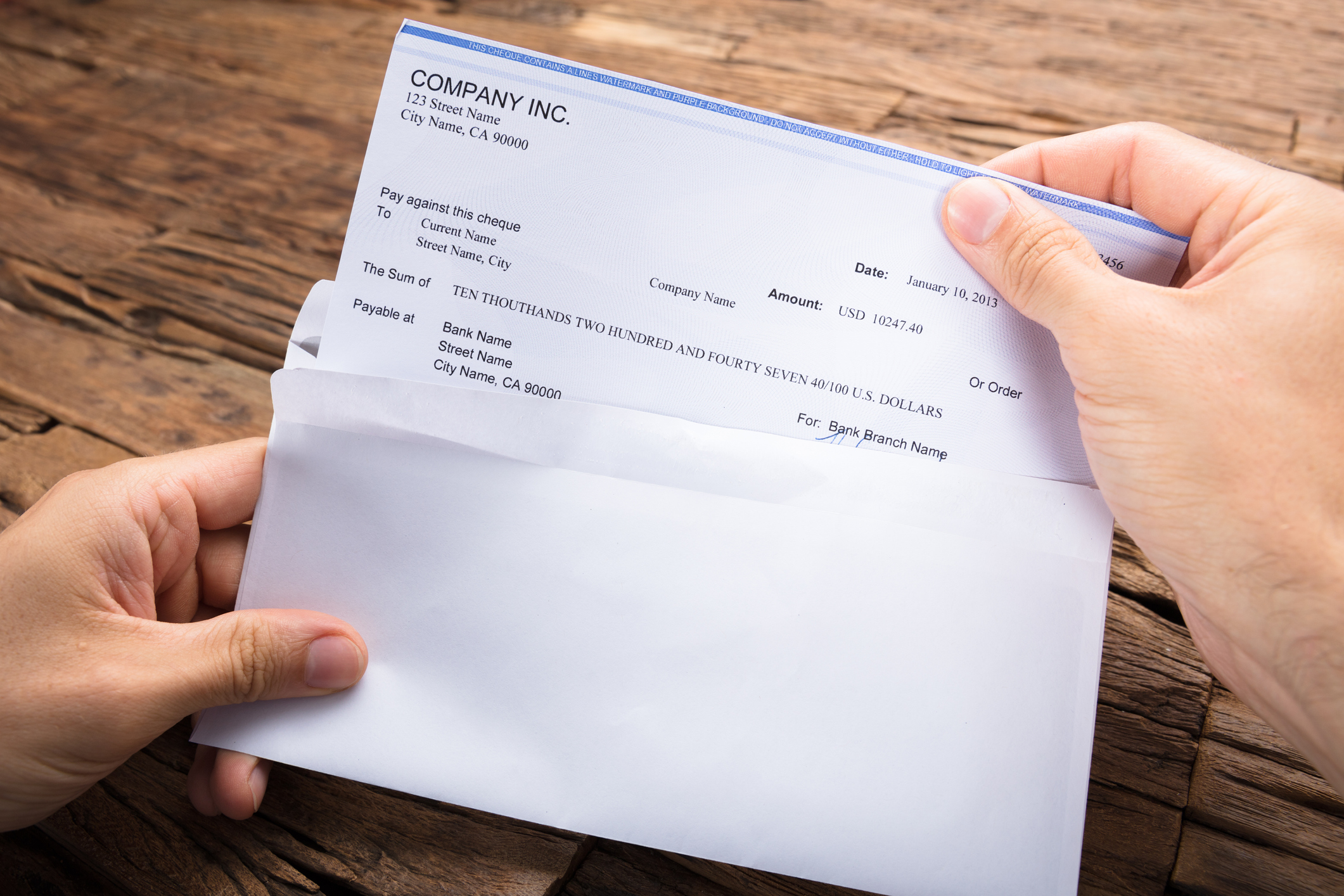Many define financial success by what tax bracket they're in, with higher marginal tax rates applying to taxpayers as their income rises. Yet a tax bracket only tells you what tax rate applies on the final dollar of your income. If you're evaluating the marginal impact of a venture that will boost your income, you might have to go beyond your tax bracket to determine the bigger-picture impact on your taxes.

Tax brackets and marginal tax rates
The concepts of tax brackets and marginal tax rates are closely related. For instance, if you're in the middle of the 15% tax bracket, then an additional dollar of income will boost your tax by 15% or $0.15. Most brackets are wide enough that you can approximate the marginal impact on your taxes simply by using the tax rate in that bracket.
If you're close to the breakpoint between two tax brackets, however, the marginal tax impact of boosting your income by a certain amount might not be equal to the tax rate in either of those brackets. Rather, it might fall somewhere in between.
As a simple example, say that your income is $500 below the top of the 15% bracket and you're considering an investment that will produce $1,000 in income. If you opt to make that investment and receive that income, then you'll be $500 into the 25% tax bracket.
To calculate the marginal tax rate on the investment, you'll need to figure out the additional tax on the new income. In this example, $500 will be taxed at 15% and $500 at 25%. This produces tax of $200, which on income of $1,000 makes the marginal tax from making that investment equal to $200 / $1,000 or 20%.
Adding complications
For certain investments, the marginal tax impact can get muddied by complex tax rules. For instance, many taxpayers pay different tax rates on dividends and long-term capital gains, and so you won't be able to rely on ordinary income-tax brackets to provide you with appropriate marginal rates.
One method you can always use is to calculate your tax both ways, either considering the anticipated income from the proposed investment or excluding it. Divide the difference in tax by the amount of income from the investment, and you'll get the economic marginal tax rate from investing.
Related tax topics
Most people refer to marginal tax rates as being identical to tax brackets. But this subtle difference can apply when you're talking about a fairly substantial boost in taxable income.
Ready to put your dollars to work for you? Hop over to The Motley Fool's Broker Center and get started today.


















